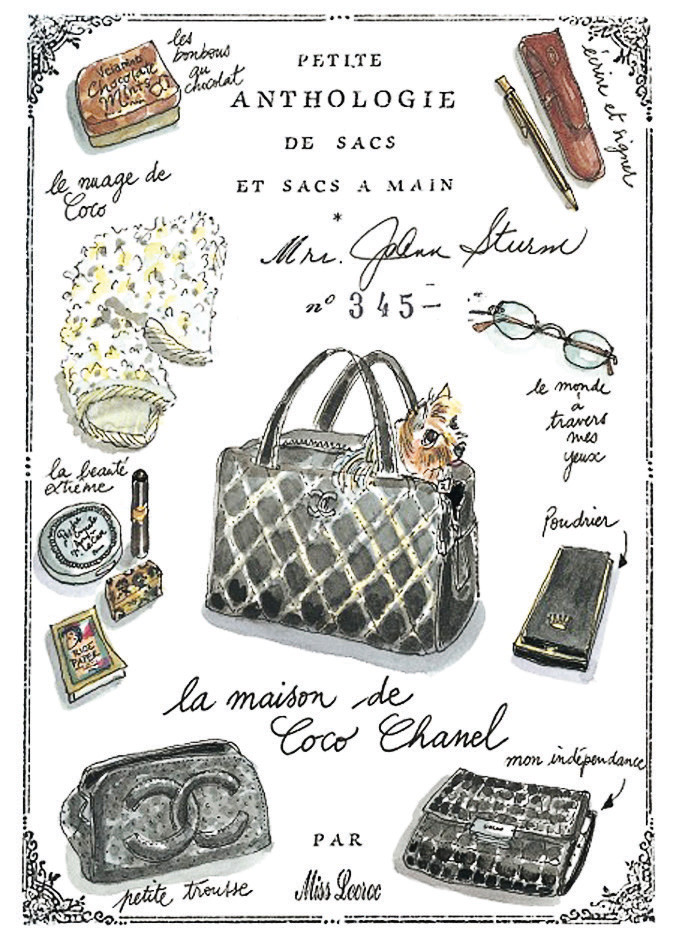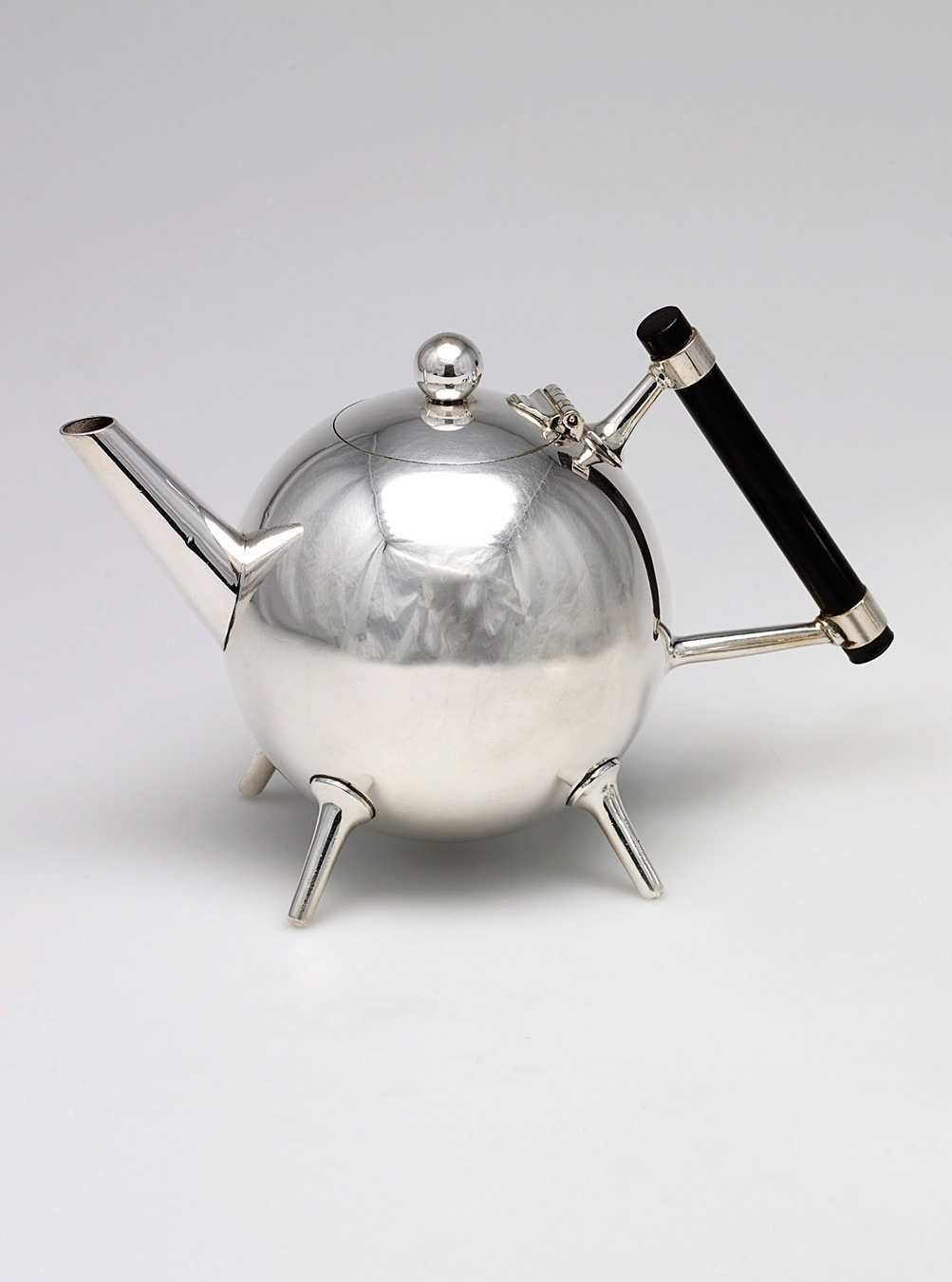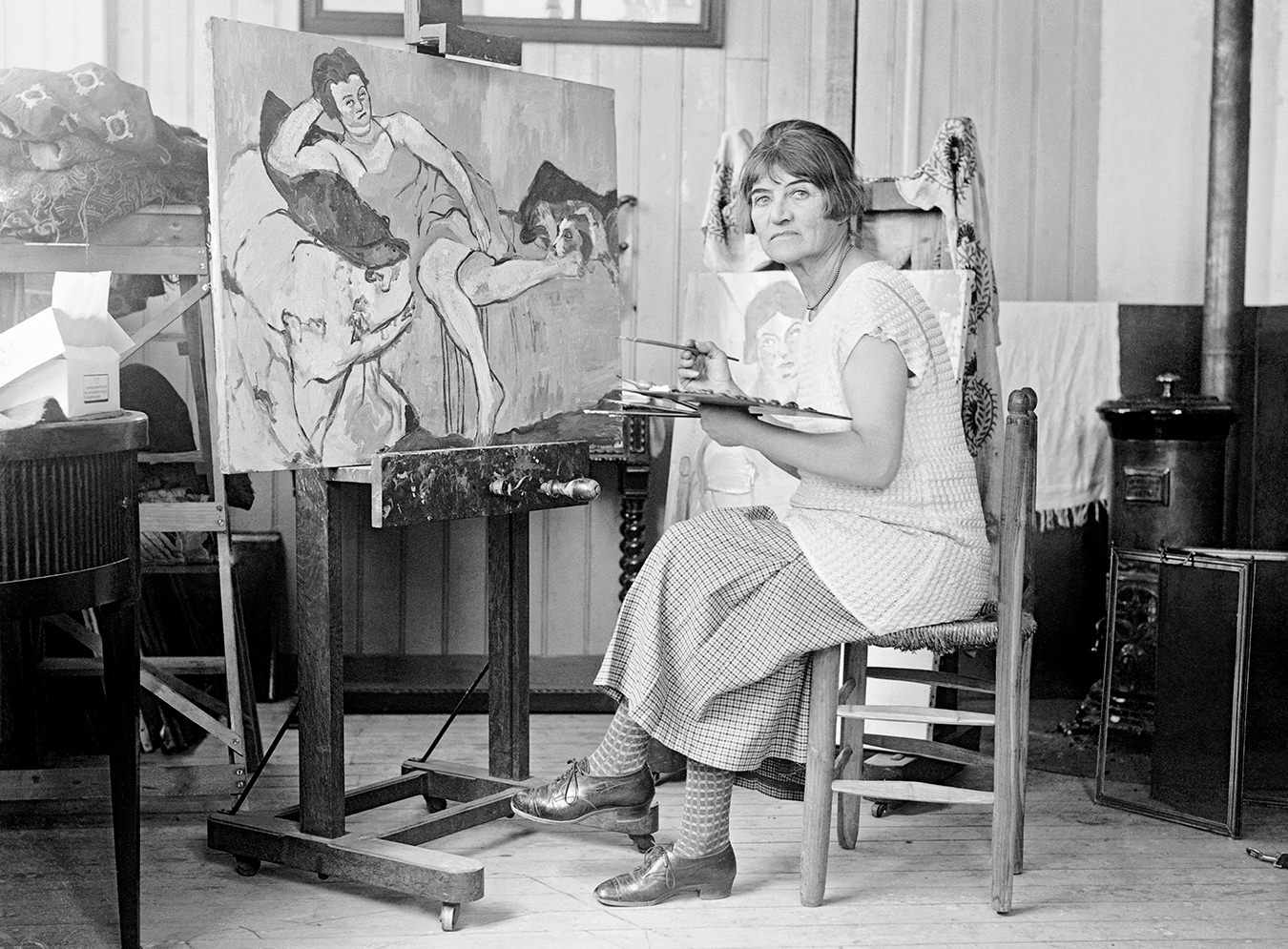Caravaggio at the National Gallery
A contemporary old master.
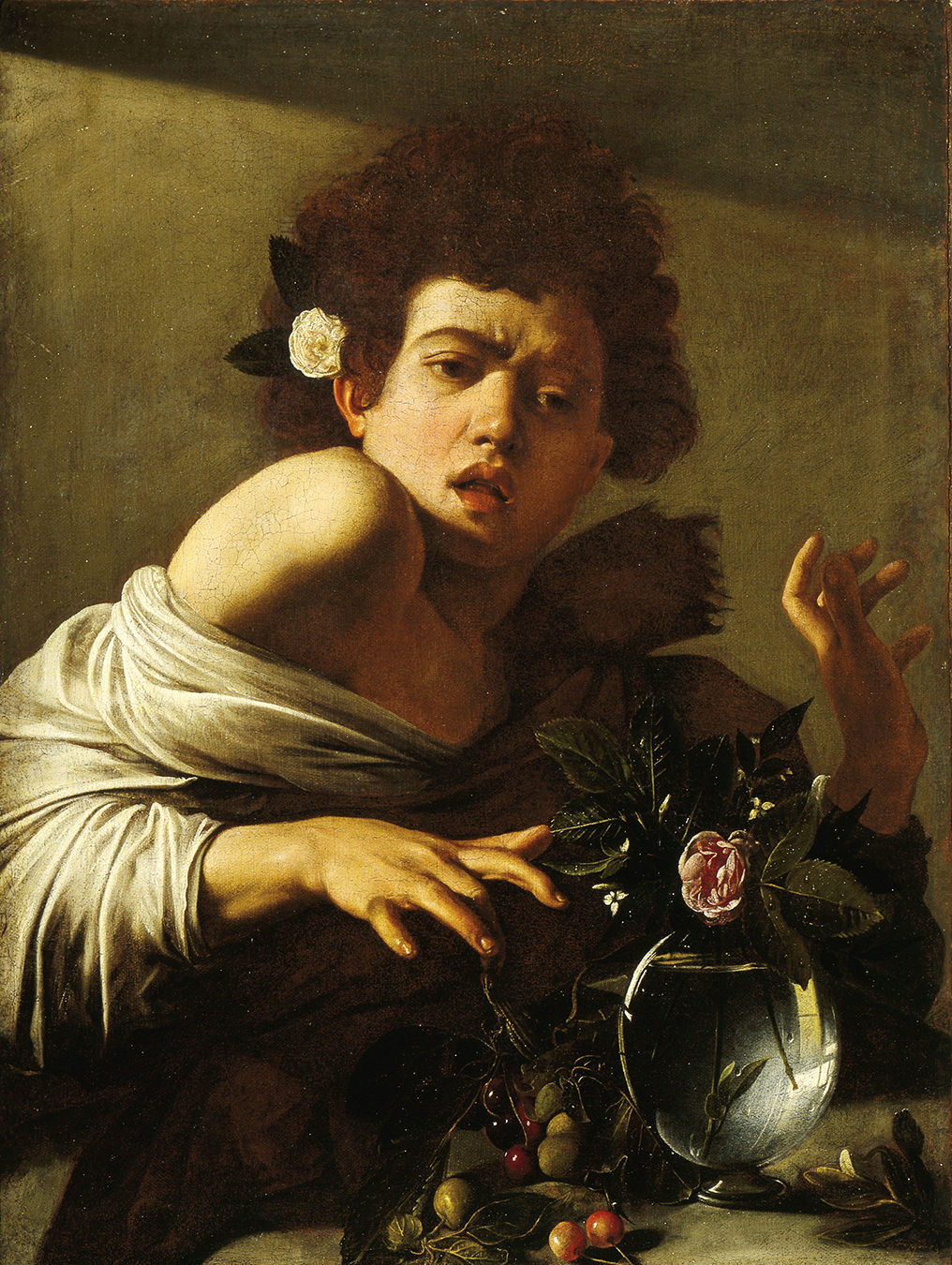
Caravaggio’s Boy Bitten by a Lizard (1594–96) is among the paintings to be shown at the National Gallery of Canada exhibit “Caravaggio and His Followers in Rome”. Boy Bitten by a Lizard, Fondazione Di Studi Di Storia Dell'Arte Roberto Longhi, Florence. Photo ©Jamison Miller.
Not only is Michelangelo Merisi da Caravaggio one of the most famous painters to ever hold a brush, he’s also one of the founding fathers of the baroque style. In the first Canadian exhibit of this Old Master, the National Gallery of Canada in Ottawa will present “Caravaggio and His Followers in Rome” from June 17 to September 11.
Caravaggio’s genius is eerily contemporary. “Four hundred years later, he seems to touch our sensibilities more than any of the Old Masters,” remarks Sebastian Schütze, co-curator of the exhibit and department chair of the Institute for Art History at the University of Vienna.
The chiaroscuro technique that so defines Caravaggio’s work—the dark background and the light-infused figures in the foreground—inspired film noir, notes National Gallery director and CEO Marc Mayer. And Caravaggio’s emoting figures, so full of subtle glances and dark passion, draw us into each painting. “A real live Caravaggio—the actual object, not a photo or something you see on the Internet—is a very powerful experience,” Mayer says. “His high drama, his realism—you almost forget you’re looking at a painting.”
Caravaggio used his low-life posse—pimps, prostitutes, musicians—as models, sometimes depicting them as biblical figures. The Roman prostitute Fillide Melandroni posed as Mary Magdalene in Martha and Mary Magdalene (c. 1598), one of nine Caravaggios in the exhibit. Other highlights include Sacrifice of Isaac (c. 1601–02), on loan from the Uffizi in Florence; The Musicians (c. 1595), from the Metropolitan Museum of Art in New York; and two paintings of Saint Francis of Assisi.
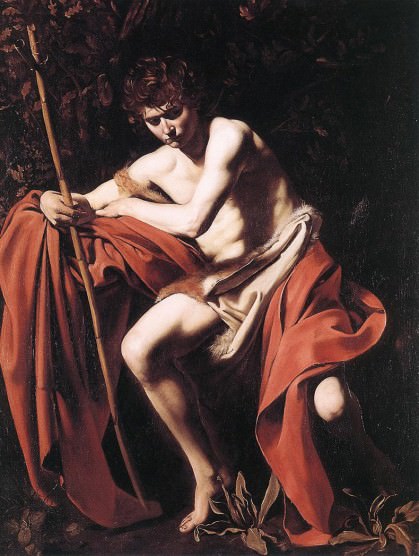
Caravaggio’s Saint John the Baptist in the Wilderness (1604-05). Saint John the Baptist in the Wilderness, the Nelson-Atkins Museum of Art, Kansas City, Missouri. Purchase: William Rockhill Nelson Trust, 52-25; Photo ©Jamison Miller.
Dozens of European painters were drawn to Rome to be inspired by this virtuoso wild man. The exhibit intends to show how Caravaggio influenced his baroque contemporaries, called Caravaggisti. At the National Gallery, Caravaggio’s artworks will be joined by 48 other paintings, including works by Artemisia Gentileschi, Peter Paul Rubens, and Simon Vouet. According to Schütze, “They offer challenging new perspectives on the art of Caravaggio.”
Caravaggio’s life was as violent as some of his masterpieces. He killed a pimp in a duel over a woman, then went on the lam, running from Rome to Naples, then to Malta, and joined the Knights of Malta. Imprisoned for assaulting a senior knight, he soon escaped to Sicily. Nine months later, he returned to Naples, only to be slashed in the face by an attacker—reportedly the same knight he had wounded in Malta. He died less than a year later, in July 1610, in the Tuscan town of Porto Ercole.
Assembling the paintings for this show, the second-largest display of the artist’s works in North America, required masterful negotiating. Not a single Caravaggio painting exists in Canada; most are in Europe’s great museums and churches. There are 46 lenders from a total of 13 countries; the National Gallery will temporarily lend Rembrandt’s A Woman at Her Toilet to the Pinacoteca Capitolina, which will keep the painting hostage until it gets its Caravaggio back.
Photo ©Jamison Miller.


